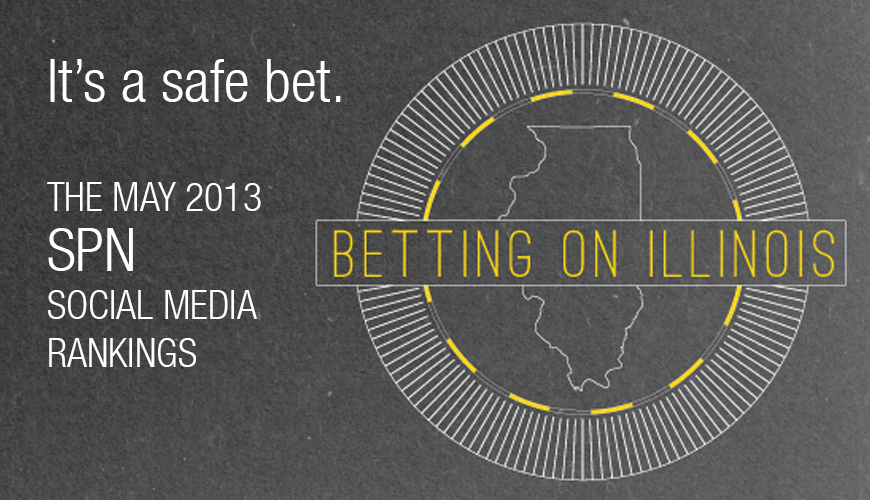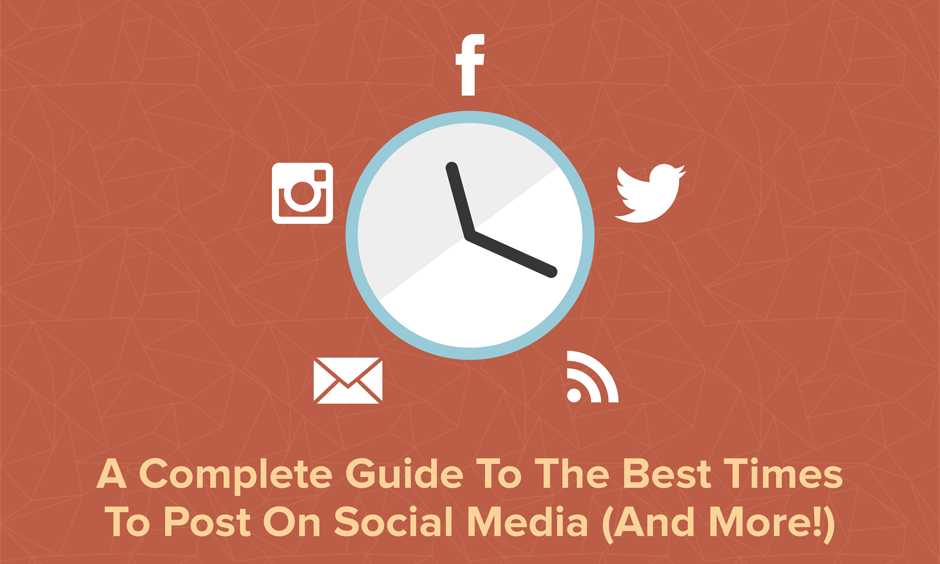There was a lot of movement this month in the SPN social media rankings. Did Illinois Policy Institute drop? Nah, they’re still rocking it. But beyond that, there was lots of movement.
Underneath the #1 slot though we had three new entries this month. John William Pope Civitas Institute (#3) is back near the top of the charts after a brief hiatus from the top 10. Maybe they were just taking a breather before making a push for #1? The Pioneer Institute (#6) and the Rhode Island Center for Freedom and Prosperity (#8) also moved into the Top 10 this month.
Rhode Island Center for Freedom and Prosperity definitely gets an honorable mention this month for beating IPI at their own game, namely Facebook engagement. As we’ve mentioned in previous months, IPI always performs so well because they are masters at getting people talking about them on Facebook and Twitter. This month their engagement rate went UP to 40.69% yet Rhode Island still beat them with an engagement rate of 47.24%. Congratulations Rhode Island Center for Freedom and Prosperity!
Lest readers thing that IPI is slipping, however, we should note that they have nearly four times as many people talking about them on Facebook as the next closest SPN group. It’s almost as big a gap on Twitter, with 3.7x the mentions as the #2 group, the Texas Public Policy Foundation. IPI is putting on a clinic for any organization about how to engage people on Facebook using quick, frequent posts to get more people talking, sharing, liking, and making them more visible.
Your May 2013 SPN social media rankings:

How This Works
More than a few SPN organizations have reached out to either learn more about the rankings, or to make their case for a higher ranking. Here’s how we reach what we believe to be a very accurate measure of the strength of a social media program.
We measure social media effectiveness by looking at two core metrics: reach and engagement. We then see how those relate to each other. For instance, some SPN groups have a lot of followers on Twitter or Facebook, yet did not make the top 10. Why? Because they have very few people talking about them on these channels.
It is easy to assume that as the audience grows, the share of that audience who participates will decline. That depends on how the audience is built. An audience built by ads alone will likely not be as engaged as one built by organic methods. It also depends on the creativity of the organization.
Have other tips for using social media effectively? Drop them in the comments below!
Looking for Your Group?
While we cannot release the full list of results, we have created state-specific profiles for organizations who have asked to see how they ranked. If you are interested in looking at your organization, just contact us and we’ll put one together for you.
Methodology
The SPN Social Media Index was created via RootsHQ (https://www.rootshq.com). Information was compiled on 5/21/2013. Data was recorded for the following metrics:
Facebook Likes
Facebook Talking About This
Twitter Followers
Twitter Mentions
Based off of these metrics, researchers also developed engagement scores for Facebook and Twitter. Due to inconsistent adoption and smaller audience size, metrics for Pinterest, Flickr, LinkedIn, YouTube, Vimeo, PicasaWeb and mobile apps were not pulled, although some members have adopted these tools.
Each of these six metrics were given a score relative to the rank of the organization for that metric. A total of those scores was then compiled and ranked. The top possible score would be 100 if an organization was ranked first for all metrics. The lowest possible score would be 0 for an organization that ranked last for all metrics.
Researchers collected website information from the SPN Directory and Google. If links to social media properties were not available directly on the organizations’ websites, they were further compiled by searching Google, Facebook, and Twitter.
Additional information was collected to provide context to the social media numbers. These details included:
State Population
State Expenditures (2010)
State Debt (2010)
State 2008 presidential election results
While information specifically regarding the operations of SPN members, such as revenue and number of employees, was not readily available, that information will be requested for future updates to the SPN Social Media Index.
For questions or comments regarding this study, please contact Allen Fuller with RootsHQ.




